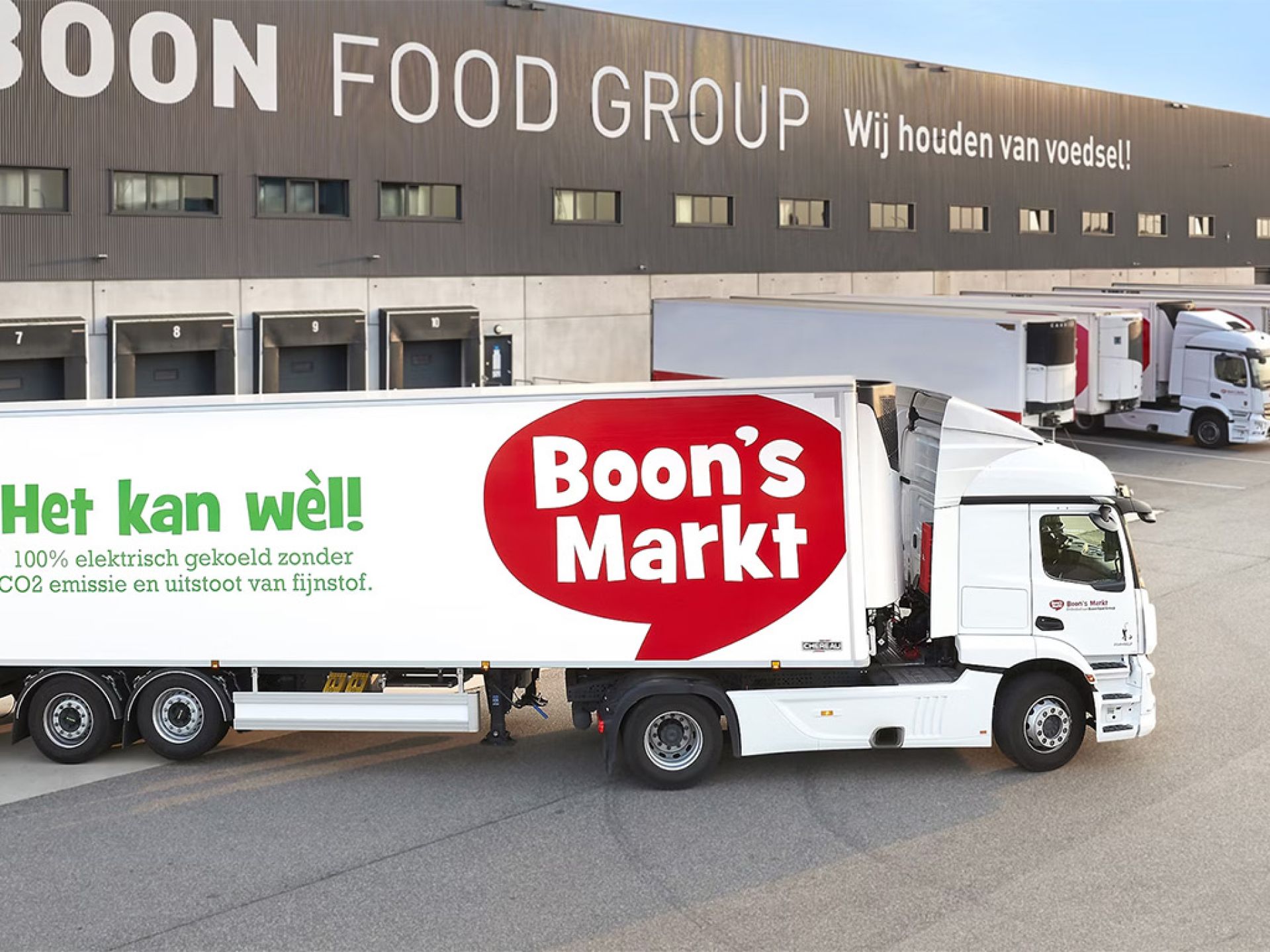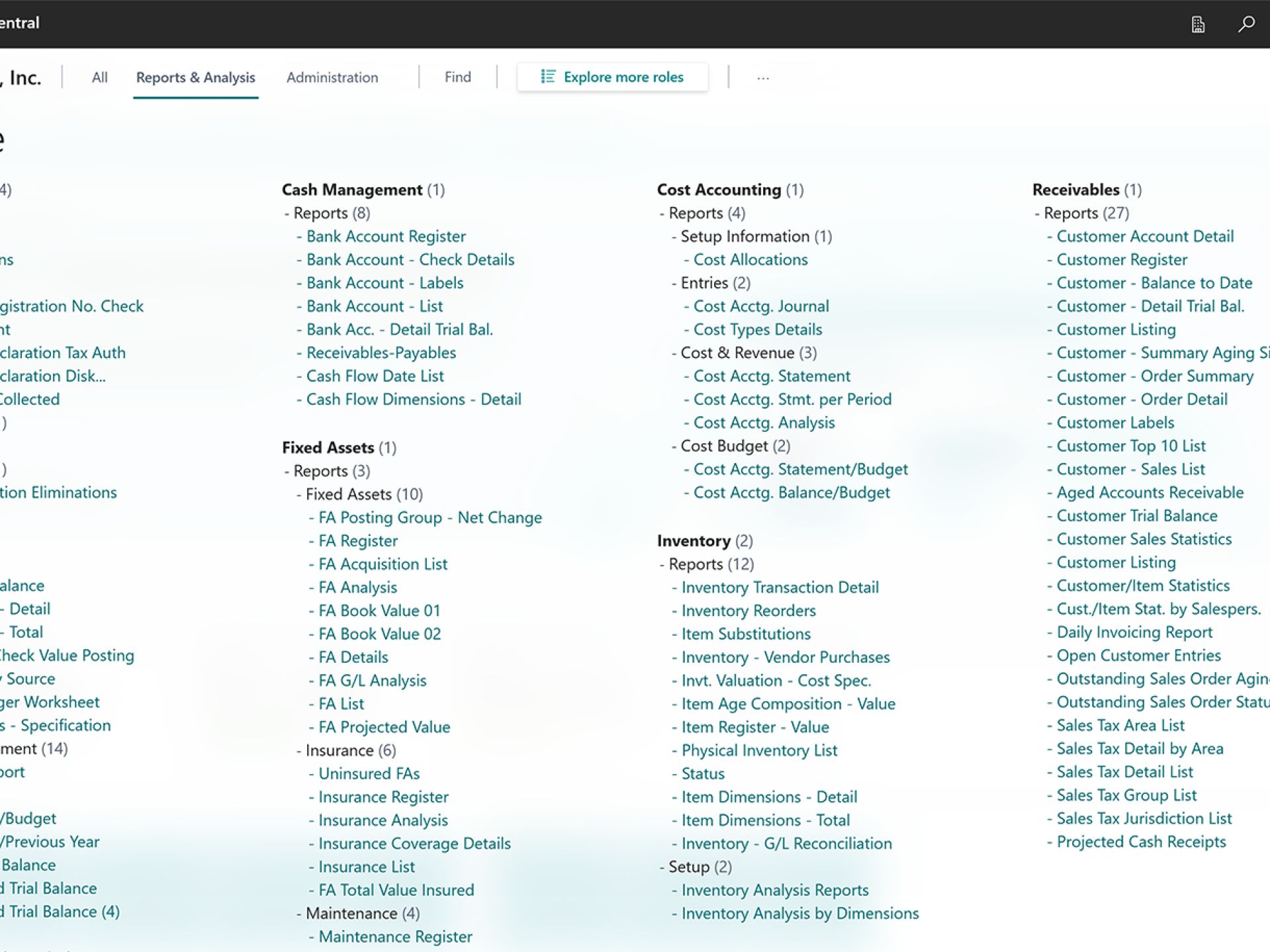
Under the European CSRD directive, companies are required to report on sustainability. However, the data collected for compliance purposes can also be leveraged to gain new insights, optimize business processes, reduce costs, and support sustainability initiatives. This way, you turn an obligation into an opportunity.
In this article, we show how we use Birds BI for clients in the timber industry, developing a solution to calculate CO2 emissions from transport, material procurement, and product sales, and visualize these per category in Power BI reports.
As a result, these clients are not only compliant, but also gain valuable insights that enable them to optimize their transport processes. This has led to shorter delivery times, reduced CO2 emissions, and significant cost savings.
Background
Ambitious sustainability goals and mandatory reporting from European legislation
Ambitious sustainability goals and mandatory reporting from European legislation
These Dutch timber companies have ambitious sustainability goals. They aim to become CO2-neutral and 100% circular, with material reuse and self-generated energy being key pillars.
Our BI consultants work closely with various stakeholders within these organizations to convert data into insightful reports, enabling them to effectively measure progress towards their sustainability objectives.
Additionally, they must comply with the European CSRD directive, which means they are required to report on the CO2 emissions of their internal business processes and the environmental impact of purchased materials and transportation by suppliers.
Challenge
An efficient alternative to manually processing transport data and CO2 calculations
For these timber companies, transport – both from suppliers and their own delivery to customers – is the largest source of CO2 emissions.
Currently, transport data is extracted from the Microsoft Dynamics 365 Business Central ERP system via purchase and sales documents. CO2 calculations are then carried out manually to determine emissions.
This process is time-consuming and causes employees to spend a significant amount of time on documentation, reducing their efficiency in primary tasks.
The challenge is to automate this workflow: the number of kilometers driven should be calculated automatically and converted into the corresponding CO2 emissions.
These data should then be included in a report, providing insights into the total emissions per location.
Solution
Automatically calculating the CO2 impact of transport routes and providing insights per category in Power BI
A key component of CO2 registration for transport is the purchase and sales documents from the Microsoft Dynamics ERP system.
Our consultants have developed a solution where these documents are automatically read from the ERP system.
Using map data from Bing Maps, the route and the number of kilometers driven are calculated. Depending on the type of transport, the CO2 emissions are determined using standardized formulas.
This data is then added to the Power BI report, providing insights into the emissions for transport, purchased materials, and sold products, as well as the total emissions per location.
Thanks to these new insights, the customer gained comprehensive visibility into their logistical flows.
- More efficient loading and route planning → Lower fuel costs and reduced CO2 emissions.
- Better collaboration with customers and suppliers → Optimization of return logistics and transport flows, resulting in significant cost savings.
And these are just a few examples of how mandatory sustainability reporting for the CSRD directive not only promotes compliance but also provides valuable insights to optimize business processes.
Result
In-depth insight into transport movements and CO2 emissions for better decision-making
This group of clients now has automated, comprehensive insight into CO2 emissions via Power BI. This accurate and complete data provides valuable insights that enable the organization to steer based on data.
Manually requesting and processing transport data, including converting it into CO2 emissions in spreadsheets, is now a thing of the past.
Employees who were previously involved in this time-consuming task can now focus on strategic and value-added activities.
Thanks to the integration of Birds BI with Microsoft Dynamics 365 Business Central, this sustainability information is no longer limited to a standalone report for CSRD compliance.
With our data model, organizations can combine data from different business processes into one or more reports.
This creates a comprehensive overview, not only monitoring sustainability performance but also enabling broader operational insights.
Conclusion
Use legislation as an opportunity to optimize your business processes
Meeting the CSRD directive and reporting on sustainability is often seen as a 'mandatory task.'
However, together with this group of clients, we’ve shown that this obligation can actually be transformed into valuable insights that contribute to process optimization, cost savings, and support for sustainability goals.
We believe this applies to any (future) form of mandatory reporting.
Don’t see it as a burden, but as an opportunity to translate data into actionable insights that genuinely contribute to improving your business processes.
What’s your take on this approach?



